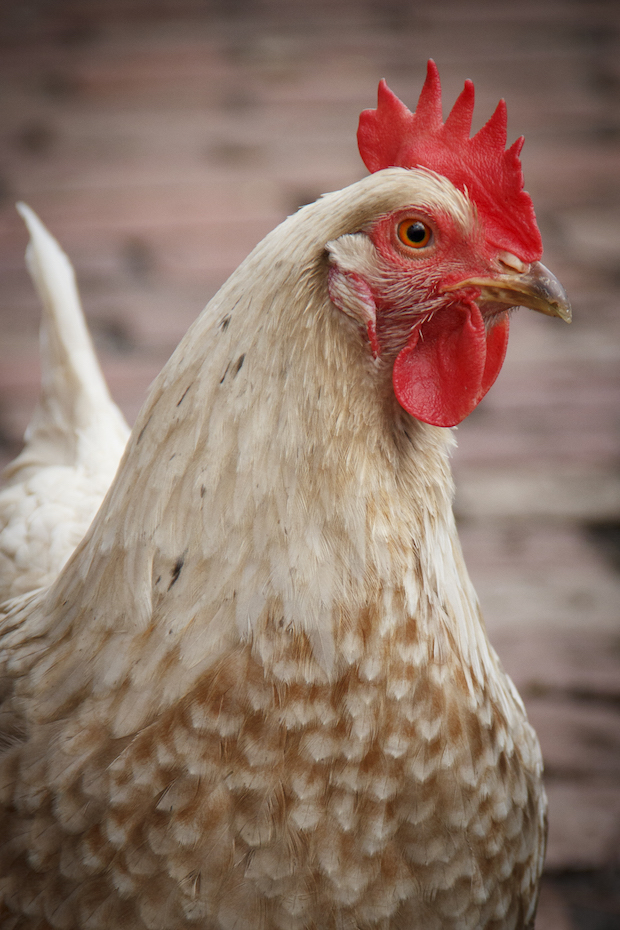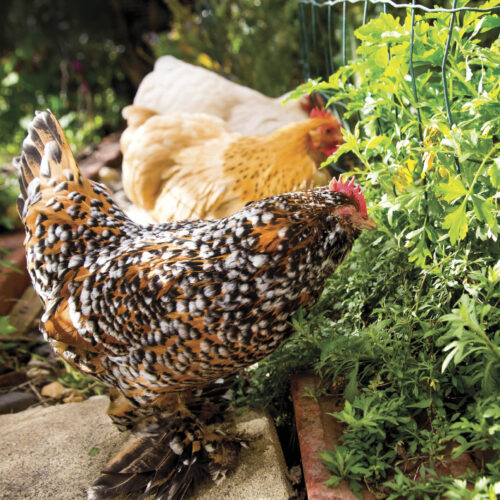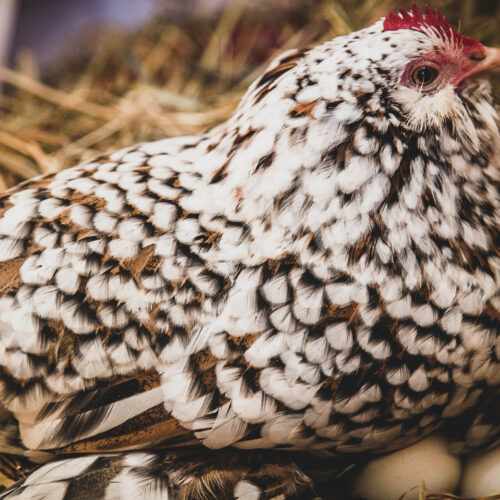Easy ways to maximise egg lay in your hens
2017-08-21T02:32:01+10:00
Want eggs for brekky year round? Here's how, writes Jessamy Miller.
Keeping hens can be a balance between being thrifty and frugal, and yet providing the right conditions for hens to lay the optimal number of eggs. As with most food-producing animals, ensuring fowls are in tiptop health and getting excellent nutrition is the best way to guarantee your supply of fresh eggs and to maximise egg lay.
Healthy diet
For a hen to meet her laying potential, she must have a healthy balanced diet – not unlike a pregnant woman! In fact, around half of a hen’s daily intake goes to making the egg. And the egg’s nutrition content is dependent on what the chook is eating, so if you want omega 3s, check they are on her menu.
A good quality layer pellet or balanced mixed grain is tailored to meet a layer’s nutritional requirements. Hens also need daily greens, for those deep yellow yolks, and plenty of medium grade shell grit for eggshells. Hens fed predominantly on kitchen scraps, which are low in energy, protein and vitamins, will find it difficult to meet nutritional needs. Scraps are best kept as an occasional treat if you want lots of eggs.
Get light right
Laying is influenced by light levels. It’s natural for hens to slow down or stop in winter, to allow them to build up nutrition stores. In spring, increasing daylight provides the signal to start laying again, so maximise natural light in the henhouse. Generous mesh windows in housing will mean hens are getting plenty of rays naturally and so will return to lay as early as possible, with the added benefit of good ventilation; important in summer and winter.
Fighting fit
It makes sense that healthy chooks lay the most eggs. Common health challenges include parasites, illness, and disease. It’s a good idea to check birds each fortnight for external parasites like lice and mites. At the same time, feel their keel bone to assess their weight, run the torch over droppings under perches for any abnormal faeces, and inspect perches for signs of red mite.
Observe the flock regularly to get early indications of a depressed or off-colour bird, or bullying behaviour that could cause injury or restrict access to feed.
To enhance health, place a clove of fresh crushed garlic in water for three days each month. Alternatively, supplements suitable for chickens are available from online poultry stores, including mineral peck blocks, soluble vitamin mixes and probiotics. These are handy as an occasional health boost or the first line of defence with illness.
Working conditions
Stress can cause birds to go off the lay, so ensure your fowls are not overcrowded or bored, being worried by noisy children or a yappy dog, or fighting over inadequate nest boxes. Stress from hot weather can also decrease lay. Aim for cool and contented hens and they will thank you with googies.
Year-round laying
Pullets will lay through their first winter, so to ensure a year-round egg supply and to maximise egg lay, make sure your flock contains a few pullets at point of lay in autumn.
Reasonable expectations
Keep in mind that laying has a genetic component; different breeds lay at different rates. Hybrids lay daily for the first 18 months but are often short lived, purebred layers tend to lay well into old age, while dual-purpose breeds just don’t have a high rate of lay. It’s natural for egg lay to drop off as hens get older too.
When you consider that the ancestral Jungle fowl in the wild laid only 8–12 eggs a year, our hens do an amazing job providing us with brekky for most of the year.






